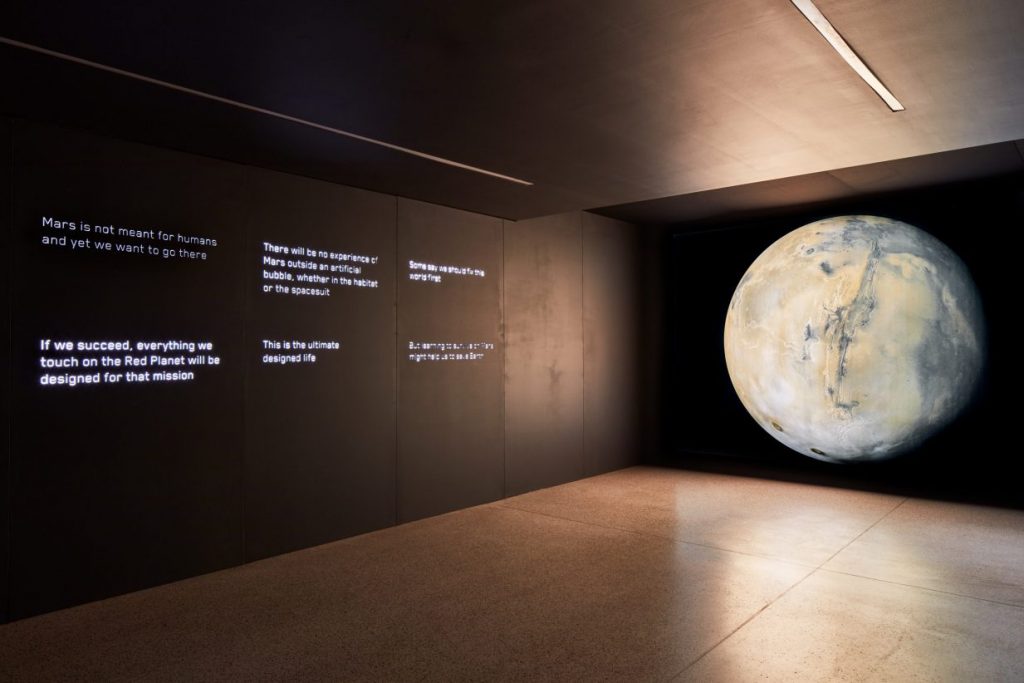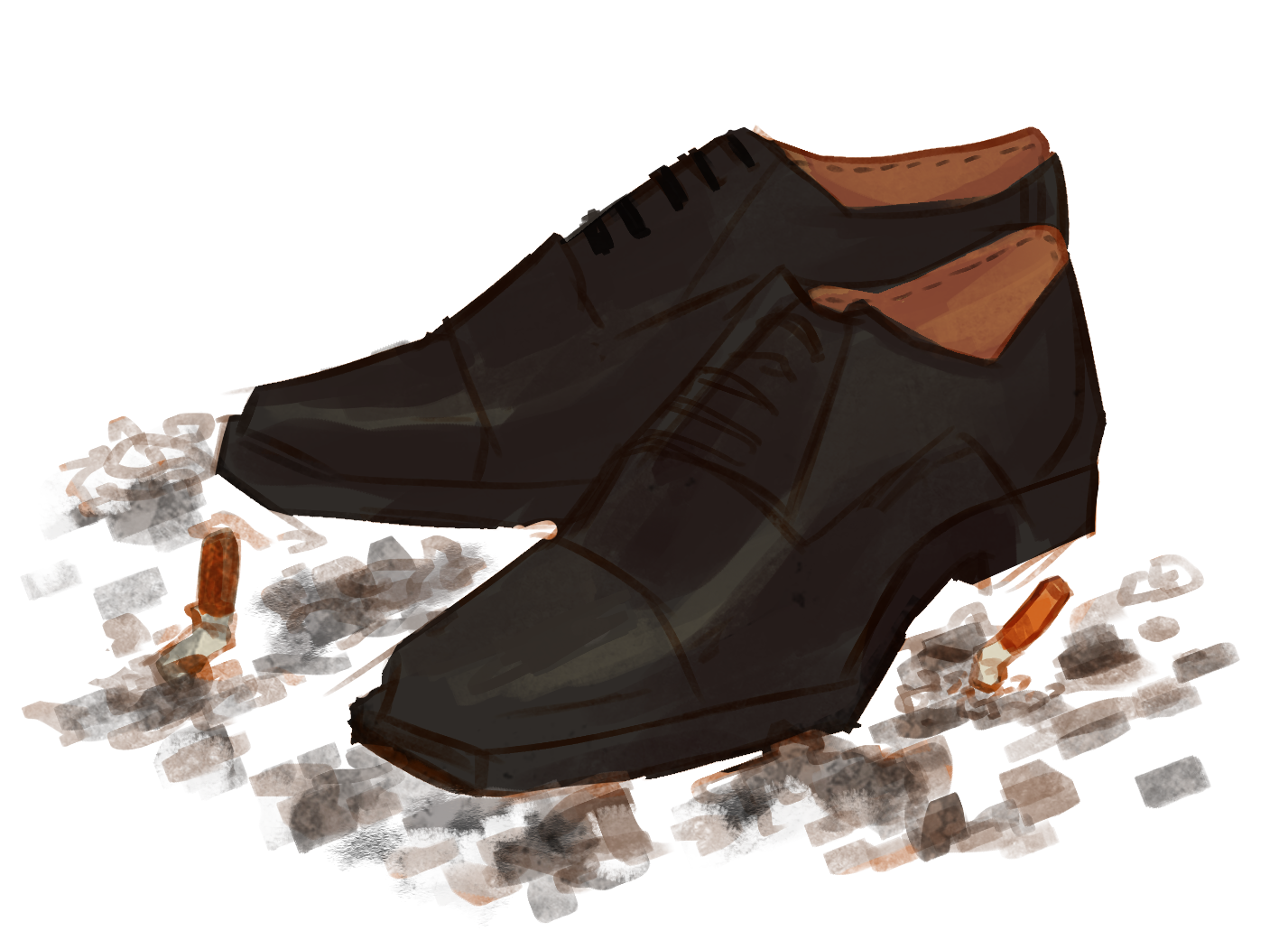Imagine packing only a small number of personal items, abandoning your normal routine, and uprooting your life wholesale. Those of us who have emigrated from one country to another can relate to some degree. But in the modern age, with fast communication and global enterprises like McDonald’s on most street corners around the world, there are fewer uncertainties and shocks compared to travelling a century earlier. Now, imagine abandoning life on Earth entirely, dressing in a microfibre space suit, stepping into a well-lit flight capsule where a months-long unknown journey awaits. Destination? Mars.
“What would life look like on the red planet?” and “Is there intelligent life on Mars?” are the kinds of questions which authors of science fiction have attempted to answer well before the first mission to explore Mars, in 1960. From The War of the Worlds to The Martian, tales about Mars have evolved from myths into realistic narratives after being informed by scientific research. Similarly, space exploration was sparked by human curiosity about the universe. In recent years, pessimistic prospects for humanity’s long-term survival on Earth have prompted even more discussion on the possibilities of inhabiting another planet. This complex relationship between the wide imagination, technical practicalities, and the future of humanity are at the core of the Design Museum’s Moving to Mars exhibition.
Although the topic of space can be overwhelming, especially coming from a non-science background, the exhibition is a multi-sensory experience directed at the general public. When entering the exhibition room, one is drawn in by the concealed glass display containing drawings of Mars by astronomer Christiaan Huygens. His encrypted scribbles on yellow pages were juxtaposed with a series of digital images on the wall, taken from past Mars exploration missions, showing how far humanity has gone in unveiling this red mystery. But this is just the beginning. After a short chronological introduction of past missions to Mars, the rest of the exhibition focused on the future. It is not what we know but what we could do that differentiates Moving to Mars from the typical science exhibit. The exhibition continues with a display of rover models that are currently in development for the ExoMars Mission in 2020. The ExoMars mission, a joint collaboration between the European Space Agency and Roscosmos, is only one of three missions to Mars in 2020. Similar to ExoMars, NASA’s MARS 2020 mission also aims to send a rover that collects geological samples from the subsurface in order to search for signs of potential microbial life. Another objective is “to gather knowledge and demonstrate technologies that address the challenges of future human expeditions to Mars,” according to NASA. After all, the next logical step would be to send human explorers. However, unlike the three-day journey to the Moon, the trip to Mars could take six to eight months depending on the position of Earth and Mars at the time of launch.
Therefore, after demonstrating how astronauts eat, sleep, and exercise in space from experiences on the International Space Station, the exhibition looked at designs that are suitable for long-term living on Mars. Building and designing a house on Earth is no small task, but the complexity increases tenfold when creating a shelter that can adapt to the hostile environment of Mars without material and labour available on Earth. One possibility is to send 3D-printing robots to build the houses out of regolith, a loose material of rocks on the surface of Mars. Even then, it would take decades to send different components necessary to create a self-contained system on Mars for human explorers to live there long term.
The exhibition is a demonstration of human ingenuity where fiction meets science. It was stimulating to see designs that overcome the problem of showering in space and address building a sustainable housing unit on Mars through intricate calculations of intake and discharge of the oxygen, CO2, and water of its inhabitants. One part of the exhibition also addresses the psychological consequences of living in isolation in a confined space, and dealing with home-sickness for Earth during the journey to Mars. Just seeing the detailed aspects of the space expedition that the exhibition covers is worth the price.
The exhibition concludes with the overarching question “Is mass migration to Mars possible?” The short answer is no, as exciting as it sounds. The cost of travel is too high, and the hostile environment, where oxygen is scarce and fresh water is unavailable, is a huge challenge that makes Mars a destination for exploration, not residence.
Despite that somewhat disappointing conclusion, the Moving to Mars exhibition is a great way to spend an afternoon watching science and creativity come together, and to walk away from it with a new appreciation of the planet we have.
The exhibition is being shown at the Design Museum until Feb 2020.





